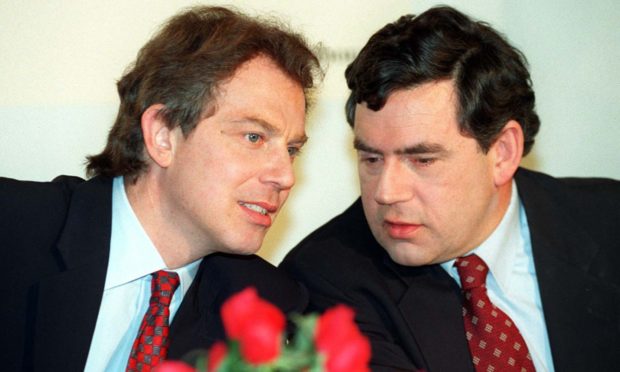Labour faces a crucial test as it looks for a new leader after such a crushing general election defeat – the worst since 1935: will it learn the lessons of the past?
Having won power in 1974 with a majority of three, the party did well to improve standards of working people. Unfortunately, bitter internal disputes with the trade unions and a loss of confidence in Prime Minister James Callaghan’s ability to deliver – when he appeared to suggest there was no crisis in the country, at a time when rubbish was piling up on the streets, the army was operating the fire brigade, and people couldn’t bury their dead – ushered in 18 years of Conservative rule.
Michael Foot was elected leader. He was a brilliant orator and an extremely clever intellectual- but was not a leader and was ill equipped to deal with a right wing media.
The Party produced a manifesto which our own Labour MPs labelled, “the longest suicide note in history!” And so it proved to be. A massive defeat for Labour in 1983 saw the conservatives back in power with a majority of 144.
It took a new leader, Neil Kinnock to recognise changes needed to be made. There was a purge on extremists. But it wasn’t enough. Kinnock didn’t inspire the public and despite his best efforts we lost in 1987 – and again in 1992 – and he resigned.
His successor John Smith was very popular, seen as a man of honesty and integrity.
I recall that in 1994, having helped draw up a manifesto for the North East Regional Council election, I persuaded Bob Middleton, the then leader of the Labour group, to invite the up and coming shadow secretary of state Tony Blair to launch it in the Lemon tree theatre. As fate would have it, the day was ruined by the announcement that John Smith had suddenly passed away. Blair rushed back to London and was eventually elected Labour Leader.
Blair and his close colleague Gordon Brown embarked on a series of national talks to universities, business meetings and public forums setting out their vision for the country. That became the New Labour project. Blair was charismatic and confident, and Brown was seen as solid and completely in control of his brief in finances. (His first budget was more wealth distributive than anything we have seen in the UK.)
That combination gave Labour its longest ever spell in government from 1997 – 2010.
Now you cannot go backwards. History shows us what happened. These lessons need to be learned now.
Labour lost in 2017, and subsequently in 2019 because the public had no confidence or trust in its ability to govern. The manifesto was far too detailed to be followed and I must admit when I see homeless people on our streets, a failure to find carers for our elderly and poor help for working parents, free broadband didn’t seem so important a priority to me.
Of course there was also the “Brexit election” factor which was a trap set by the Conservatives under Boris Johnston and swallowed whole by Labour and the Liberal Democrats, to their cost.
People were fed up with Brexit and wanted it out of the way. Only one party was offering that. Labour’s position was confused and indecisive.
Now I hear calls for a female face, with a north of England accent and things will be OK. That’s the most discriminatory statement I’ve heard – though to be fair its come mainly from certain sections of the media.
There are those blinkered people in the party saying: “We won the arguments”. Where is the evidence of that?
What Labour does need is a strong leader, who has the trust of the country, is decisive and able to articulate our vision for the future.
Labour cannot rely on nostalgia. The world moves on and different sets of problems need new solutions. It has to be a modern radical party with attractive policies and a clear vision of the UK’s future. Labour also needs to listen to the people they want to support them. It’s a question of how can we improve the lives of children living in poverty, the explosion of food banks, poor social justice and the crisis in our care system. There are so many things wrong in the UK at present which need to be tackled.
Labour needs to reach out and work with local communities in order to build support for their ideas.
We have lost the last four elections. We have been in the wrong place, with muddled ideology, and indecision, rather than smart, intellectual well-thought-out practical policies. Principles are useless if you cannot win the power of the people you seek to serve.
We have seen what happens in Scotland where Labour appears to have no direction and no new initiatives to excite the electorate. Their indecision over the fate of the nine councillors in Aberdeen who continue to work tirelessly for their constituencies, without any political support, is nothing short of disgraceful.
Labour can either be a future government, or the largest protest group in Europe. The choice lies with its members.
Len Ironside is a former champion wrestler who served as an Aberdeen councillor for 35 years, four years as council leader











